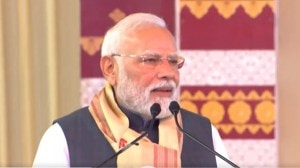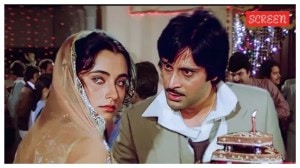‘States to speed up VAT implementation’
Adjusting to VAT regime would require realignment of business strategies, distribution channels and logistic requirements. This was stated b...

Adjusting to VAT regime would require realignment of business strategies, distribution channels and logistic requirements. This was stated by the CII in a Note on the‘ Implementation of VAT in India’.
The apex body has further stated that not only detailed legislation and rules must be introduced for VAT, but also a minimum of four months be given as advance time to trade and industry to adjust. Simultaneously preparation for implementation of VAT at state level with regard to computerisation, training and orientation, designing of forms and documents as well as briefing of trade and industry may gather momentum.
Presence of inter-state barriers hamper free flow of goods and services within the country and effected the competitiveness of Indian industry. It is thus essential, states CII that while moving towards a VAT regime these issues are addressed and operating procedures specifically those relating to rate structure, classification of products, set-off mechanism and documentary procedures are uniform across the states. Also wide divergence in the structure and practices would hamper the growth of trade, following creation of artificial barriers leading to complexities, that will reduce the competitiveness of the Indian economy.
CII also calls for the need to unify all taxes levied by the state on goods and services under VAT. With the introduction of VAT, the various state taxes and other local levies such as sales tax, surcharge, luxury tax, turnover tax, entry tax and any other taxes on sale/movement of goods should be abolished. Also the tax on state services should be integrated with the VAT regime.
Photos



- 01
- 02
- 03
- 04
- 05



























